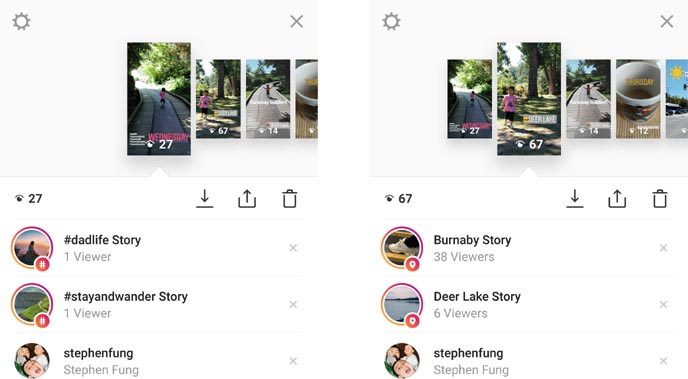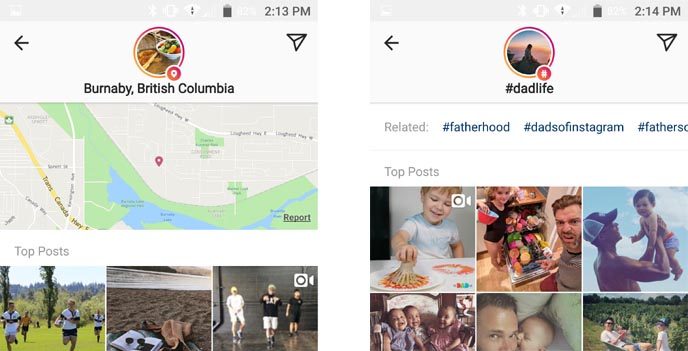With a measurably higher engagement rate and contained growth, Instagram has quickly grown to become the preferred social media platform for individuals and businesses alike. If your brand doesn’t already have a presence on Instagram, what are you waiting for? If your brand is already on Instagram, what’s holding it back from getting even bigger?
Breaking through all that noise and cracking the algorithm can be quite the challenge, to be sure, but new tools and tactics are being revealed all the time. This is one of them.
When Instagram “borrowed” the self-destructing “stories” idea from competitor Snapchat, many people scoffed at its copycat status and said that it would never be able to dethrone the existing alternative. While Snapchat still has its appeal, Instagram is far more popular across a broader range of demographics. And Stories have been a big part of this continued growth.
The idea is that you can post these pictures and short videos — with stickers, text, and filters — and they automatically “disappear” after 24 hours. It feels like a strange mechanism in the context of marketing, but it works. You just have to know how to use it best for building your brand.
Two key elements that can include in your Instagram Story, so long as you don’t overuse them, are location tagging and the inclusion of hashtags.

When Instagram first introduced Stories, the only people who could see your Stories were people who were already following you on Instagram. This mirrored the “private” nature of Snapchat, but didn’t really align with the overall business model of the Facebook-owned Instagram. How can you expand your brand presence and reach new audiences when the only people who could see your posts are already following you?
But did you know that Instagram Stories exist beyond individual accounts and profiles? Did you know that there are stories for locations and hashtags too? Here are a couple of examples from my own feed when I decided to share part of my daddy-daughter time at the local park. In the Instagram picture on the left, I included a few relevant hashtags, typed up as simple text, and shrunk them down to put in the corner of the image.
As you can see, one person saw it as part of the #dadlife story and another person saw it as part of the #stayandwander story. Those numbers grew later in the day, but the more impressive one was the location tag. You can call up the location sticker as one of the image customizations.
What’s interesting here is that while I tagged the location as Deer Lake, I got far more viewers from the larger Burnaby story. Deer Lake is located in the city of Burnaby, for reference.

I’m not entirely sure how the Instagram algorithm selects what posts to include in any given story, whether it’s based on a location or a hashtag, but I can tell you that being included there — just like if one of your regular Instagram posts shows up in the discovery tab or if it becomes one of the top posts for a popular hashtag — should have a positive impact on your overall reach, impressions and brand awareness too.
It used to be that if you went to the corresponding page for a location or hashtag, you’d only see the regular Instagram posts from users associated with that location or hashtag. Now you can tap and browse through the story at the top too. As mentioned above, this is almost like the location or hashtag is being treated like its own profile, curating content from users across the social network.
You don’t want to spam your Instagram story with too many hashtags and location tags, because you’ll likely annoy your existing followers, but it’s clear enough that these can be remarkably valuable tools in your arsenal for continued growth on Instagram.